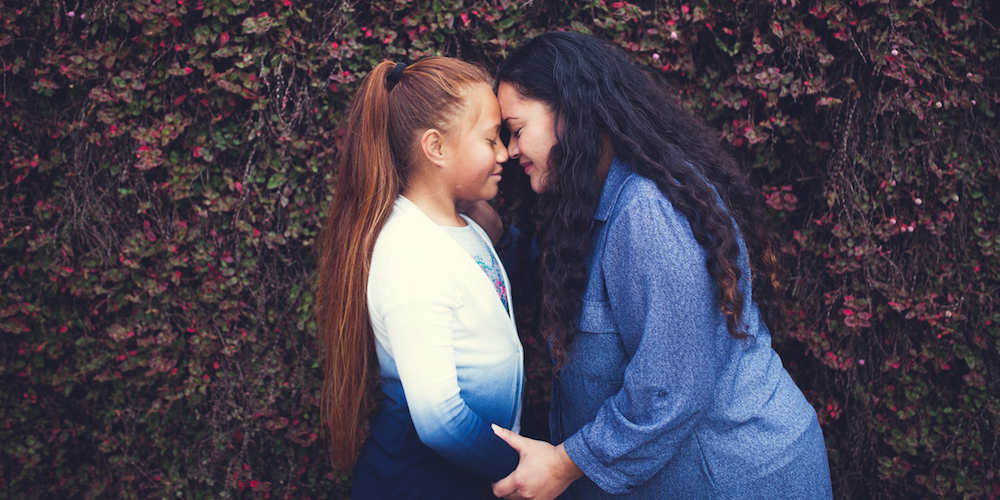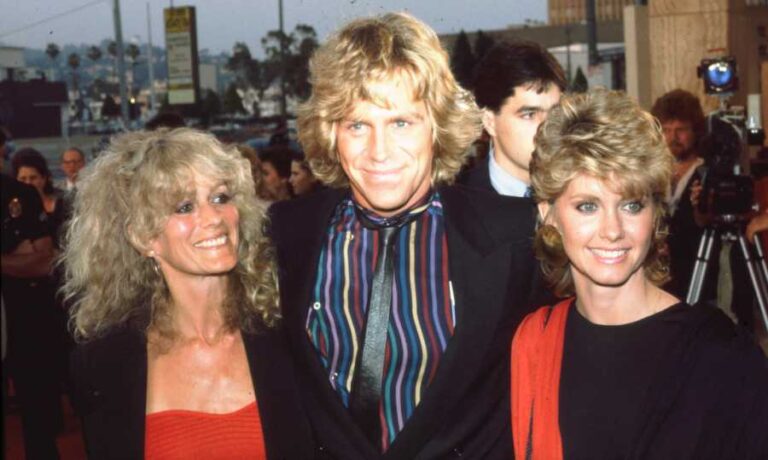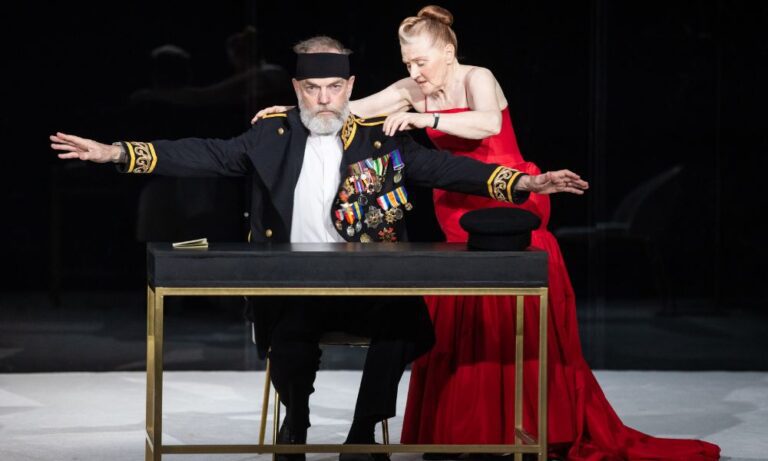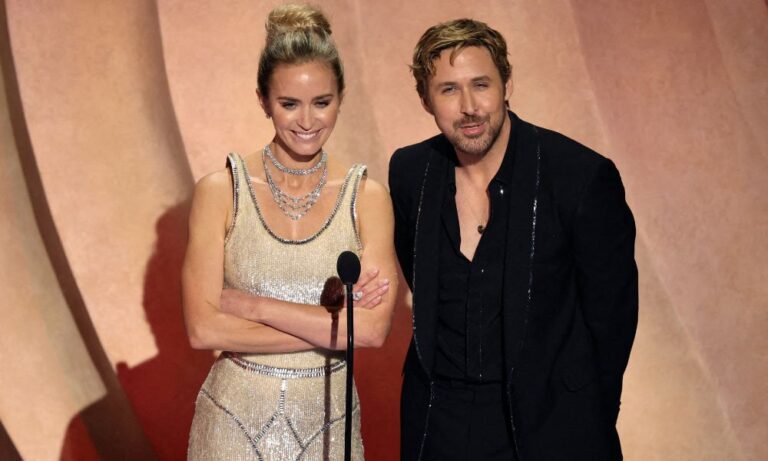In the 1970s, the Te Reo Māori Society embarked on a courageous mission. Their goal was to petition for the official recognition of Te Reo Māori, but their path was fraught with challenges.
As the society rallied support for their cause, they encountered fierce opposition. Threats of violence, unleashed dogs, and physical confrontations became stark realities in their fight for Te Reo Māori.
John McCaffery’s Testimony
John McCaffery, a founding member, recalls the challenging times. He vividly remembers a particularly intense incident at Wellington Railway Station where members were subjected to punches, shoves, and had their petitions torn up.
“Te Reo Māori members were punched and pushed, petitions were grabbed at to be torn up. There was a lot of opposition. I got treated better but my Māori colleagues were seen as pushing it down people’s throats. I expected that. I knew those views were there,” he says.
John’s personal journey is a testament to the transformative power of Te Reo Māori. Raised in an Irish Catholic household in Auckland, he had familial ties to another endangered language, Gaelic. Yet, his direct ancestors were too reticent to speak it.
During his time as a student at Victoria University, John’s perspective underwent a profound shift after a trip to the East Coast. The trip exposed him and his peers to a world deeply rooted in Māori language and culture, leaving an indelible mark on their urban upbringing. Students spent time at Te Poho o Rawiri marae and met composer Ngoi Pēwhairangi.
“To see a glimpse into that world that was still staunchly Māori speaking and very proud of that had a huge influence on us as students who were growing up in an urban area without access to those things,” he says.
The Birth of the Māori Language Group
Inspired by this experience, John and his fellow students, despite many not speaking Māori, resolved to create a Māori language group. Under the guidance of their teacher, Koro Dewes, and his wife Kura, they began their journey of learning Te Reo Māori, practicing waiata (songs), and haka (traditional dance).
Pioneering Efforts by Dr. Richard Benton
Another key figure in this movement was Dr. Richard Benton, Director of the Māori Schooling Unit for New Zealand’s Council for Educational Research. He shifted the unit’s focus from teaching English to Māori students to preserving and promoting Te Reo Māori.
Between 1974 and 1979, Benton and his team embarked on an extensive journey through the North Island, interviewing 6,500 families to understand Māori language usage in households, identify speakers, and gauge attitudes toward the language.
The Māori Language Petition
Hana Te Hemara’s brainchild, the Māori language petition, was passionately championed by activist groups Nga Tamatoa in Auckland and the Te Reo Society in Wellington. On September 14, 1972, this historic document was presented to the New Zealand Parliament.
This monumental petition paved the way for the establishment of Kohanga Reo (Māori language preschools), Kura Kaupapa (primary schools using the language), Māori language teaching curriculum, and Māori broadcasting.
Te Reo Māori’s Official Recognition
The visionaries’ tireless efforts bore fruit when Te Reo Māori was officially adopted as the country’s second official language in 1987, formalised by signing in 2006.
Today, as we commemorate Māori Language Week, we pay homage to the resilience, dedication, and vision of those who fiercely fought to protect and revitalise this integral aspect of New Zealand’s cultural heritage.
Everyday Te Reo Māori words
These words represent a small sample of the Te Reo Māori language and can be a great starting point for those interested in learning more about this beautiful language.
- Kia ora – Hello / Hi
- Whānau – Family
- Aroha – Love
- Māra – Garden
- Kai – Food
- Hāere mai – Welcome
- Tamariki – Children
- Rā – Day
- Pō – Night
- Wai – Water
- Māhunga – Head
- Ringa – Hand
- Waewae – Foot / Leg
- Whare – House
- Mahi – Work
- Kararehe – Animal
- Rongoā – Medicine
- Whenua – Land
- Whakarongo – Listen
- Kōrero – Talk / Speak







